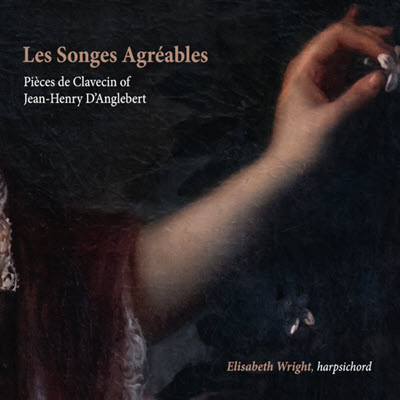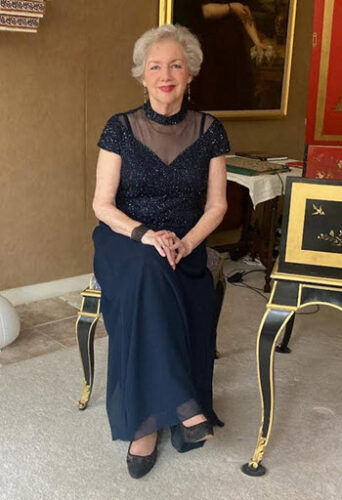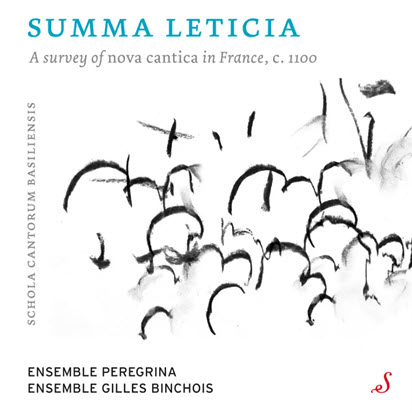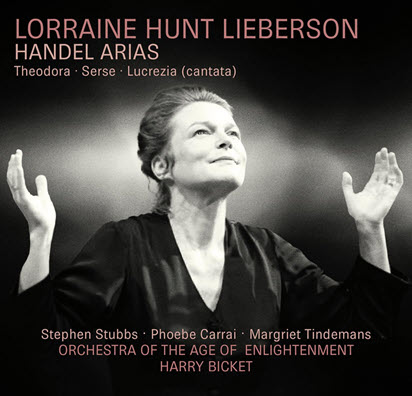by Steven Silverman
Published May 2, 2025
Les Songes Agréables, Pièces de Clavecin of Jean-Henry D’Anglebert. Elisabeth Wright, harpsichord, in a two-CD set. Lindoro NL-3076
Jean Henry D’Anglebert (1629-1691) flourished in the sweet spot between the initial Jacques Champion de Chambonnières-Louis Couperin generation of French clavecinists and the generation of Francois Couperin. In fact, there is a linear succession of ordinaire de la chambre du roi pour le clavecin, the harpsichord master in Louis XIV’s royal court: Chambonnières, followed by D’Anglebert, later succeeded by François Couperin.

The only publication of D’Anglebert’s music in his lifetime was a partial collection of his harpsichord (‘clavecin’) pieces as well as a handful of organ fugues. More of his music survived in manuscript but awaited publication until the 20th century. Elisabeth Wright’s recording contains a generous swatch of music from the three keyboard suites published in the 17th century (G Major, G minor, D minor), several transcriptions of music from Lully operas which are part of that same collection (multiple sources credit D’Anglebert with keeping on royal favorite Lully’s good side via transcriptions, cajolery, flattery) and a tombeau piece to the memory of M. de Chambonnières, who was once assumed to have been D’Anglebert’s mentor.
The glory of the D’Anglebert keyboard suites are the unmeasured preludes which open each of them. This genre began with the preceding generation, reached a height with D’Anglebert, and then died out — François Couperin laments the absence in his treatise L’Art de toucher le clavecin. The broken-chord style of these unmeasured preludes comes from the lute (the so-called stile brisé), and the notation — without notated rhythm or metric indications, often stretches of whole notes under a long, curved phrase indicator without any notated simultaneity — leaves a great deal to the performer’s discretion. These are not small-scale curtain-raisers. Indeed, the prelude to the D minor suite is the suite’s most extended movement, with a strong narrative arc, by turns dramatic, lyric, turbulent, and ultimately consolatory.
Equally noteworthy are the suites’ galliarde movements. Nominally a sort of slow pavane, D’Angelbert’s galliardes are lyric lamentations, highly vocal in style, with much of the affekt of the tombeau genre, and absolutely gorgeous to hear.
Elisabeth Wright, now professor emerita of harpsichord and fortepiano at Indiana University’s Jacobs School of Music — awarded EMA’s 2024 Howard Mayer Brown award for lifetime achievement — is the distinguished performer on this new recording. In the liner notes, she writes of her lifetime experience playing and teaching this music. Her love for and insight into this music is everywhere apparent. Her readings are lucid — no small feat given the ornate thickets of ornamentation, expressive, and never static.

Technical execution is of a high order: left and right hand are indistinguishable in clarity, rapidity, and expressivity of articulation. Ornaments crackle; passagework is right there. Her realizations of the three unmeasured preludes are clear and imaginative, making full sense of the formidable notation. I would have preferred more architectural delineation to the D minor prelude, setting off its four sections more overtly with the second section played more slowly and lyrically, but this is a matter of taste.
As to the dance movements, the allemandes flow nicely; the sarabandes have majestic dignity. I hear the courantes as a more sprightly dance than does Wright. (Christoph Rousset’s recording of the complete keyboard music adopts brisker tempi for the courantes, which work well to my ear.) But the shifting rhythms of this dance come through clearly, and there is a proper hop between beats 4 and 5 that firmly conveys the dance’s character. I also found the gigues to be a little slow — I would have preferred more swagger as well — but this is again a matter of taste.
Wright adds the occasional ornament on repeats to some of the dance movements, although she omits the double to the first courante of the D minor suite, where the composer himself showed how he ornamented a repeat. She alters the registration within a piece only in the Lully Armide passacaille transcription, which gets a terrific reading with all sorts of verve and momentum. I would have welcomed this type of change of color in some of the other pieces.
The second section of the D minor unmeasured prelude, for example, could be played on the upper manual as the music changes character from sternly dramatic to more lyric before plunging back into music of the initial character. Wright is also a bit sparing in staggering of the hands. She keeps hands apart subtly, especially in the galliardes, but she could be more overt at times. Similarly, the performer sometimes took the music as it comes, breezing past points of unusual, even quirky, harmonic interest. One instance is the big augmented chord in measure 28 of the G major sarabande which goes by largely unremarked in Wright’s reading. The G-sharp bass clashing with the G natural in the third system of the G major unmeasured prelude also deserved more pointing up to my hearing.
But these are minor questions of taste, and this disc comes highly recommended — fine playing of great music.
Steven Silverman is a pianist and harpsichordist whose performances include concerts at Weill Hall in New York City and the Salle Cortot in Paris. He and his wife, the violinist and violist Nina Falk, are co-founders of the Arcovoce Chamber Ensemble, now in its 26th season. For Early Music America, he recently reviewed a fortepianist’s take on the Beethoven Violin Concerto.




